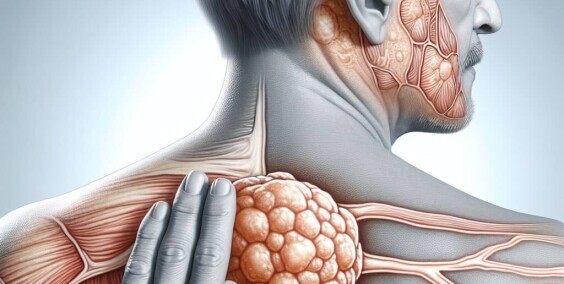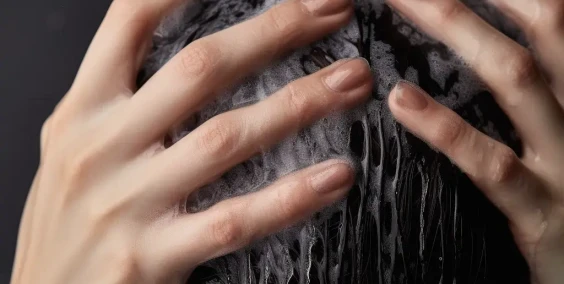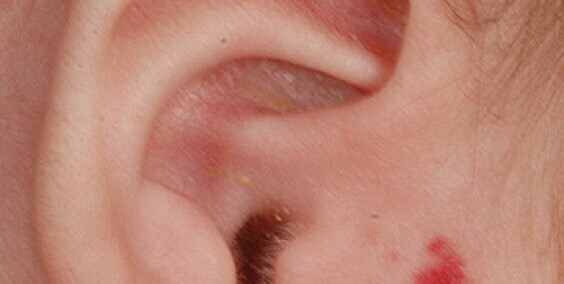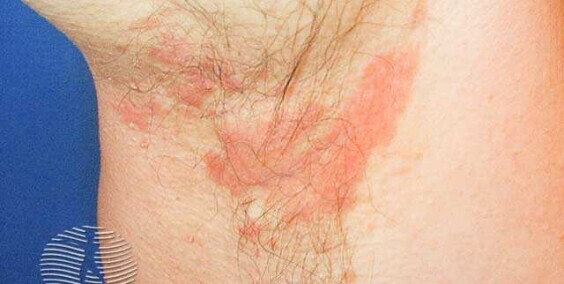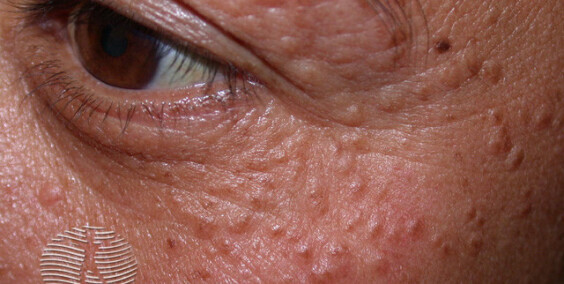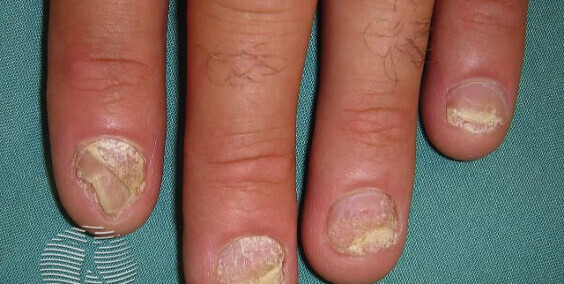Inverse psoriasis, often misunderstood, poses unique challenges due to
its location on the body. In this article, we'll uncover the intricacies
of inverse psoriasis, exploring its symptoms, common triggers, and care
strategies. For a more comprehensive understanding, refer to related
articles on plaque psoriasis, guttate psoriasis, and types of psoriasis.
Understanding Inverse Psoriasis
Symptoms:
Inverse psoriasis appears as smooth, red lesions in skin folds, such as the armpits, groin, and beneath the breasts. Unlike other types, inverse psoriasis lacks the typical scales, making diagnosis a bit trickier. The affected areas are prone to friction and moisture, adding to the complexity of managing this variant.
Common Triggers:
Similar to other forms, triggers for inverse psoriasis include stress, infections, and certain medications. However, the locations of skin folds make factors like sweat and friction more prominent triggers for this type.
Identifying Inverse Psoriasis
Distinct Characteristics:
The absence of scales and the specific location in skin folds distinguish inverse psoriasis from other types. It's important to recognize these unique features for accurate diagnosis and effective management.
Fastest way to identify this disease from the comfort of your home is by using our AI-based service for skin scanning. Just upload a photo of your skin and you will get results in one minute
Medical Examination:
Diagnosing inverse psoriasis often involves a thorough examination by a healthcare professional. In some cases, a skin biopsy may be recommended to confirm the diagnosis.
Managing Inverse Psoriasis
Topical Treatments:
While there isn't a cure for inverse psoriasis, symptoms can often be managed with topical treatments. These include corticosteroid creams or ointments that help reduce inflammation and discomfort.
Lifestyle Adjustments:
Careful attention to lifestyle is crucial for managing inverse psoriasis. Keeping the affected areas dry, avoiding tight clothing, and managing stress can contribute to symptom relief.
Coping Strategies for Inverse Psoriasis
Skin Care Practices:
Gentle skin care is vital for those with inverse psoriasis. Using mild, fragrance-free soaps and moisturizing regularly can help maintain skin health.
Seeking Support:
Living with inverse psoriasis can be challenging, both physically and emotionally. Seek support from healthcare professionals, support groups, or friends and family to cope with the unique aspects of this condition.
Inverse psoriasis may be less commonly discussed, but understanding its symptoms, triggers, and care strategies is crucial for those affected. If you suspect you have inverse psoriasis, consult with a healthcare professional for proper diagnosis and guidance. Stay informed and explore related articles on different types of psoriasis, including insights into plaque psoriasis, guttate psoriasis, and scalp psoriasis, to gain a comprehensive understanding of the diverse nature of psoriasis.

